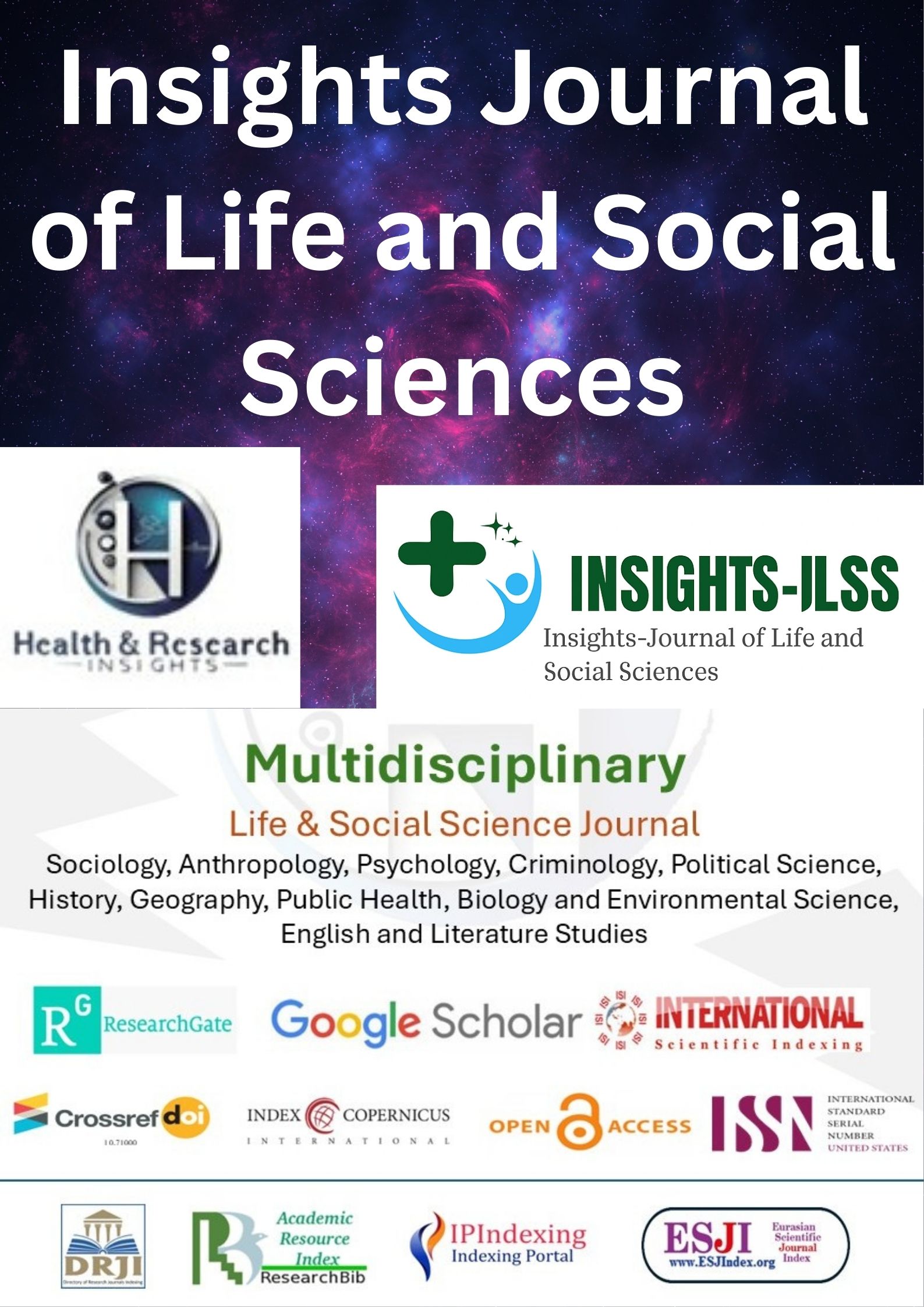POSTOPERATIVE OUTCOMES OF PLATE VERSUS SCREW FIXATION IN MANDIBULAR FRACTURES: A COMPARATIVE ANALYSIS: A SYSTEMATIC REVIEW
Main Article Content
Abstract
Background: The optimal surgical fixation technique for mandibular fractures remains a subject of debate, with plate and screw fixation being the two primary modalities. While both aim to achieve rigid internal fixation, their comparative impact on postoperative outcomes such as healing, stability, and complications is not well-synthesized in recent literature.
Objective: This systematic review aimed to evaluate and compare the postoperative outcomes of plate versus screw fixation in the management of mandibular fractures.
Methods: A systematic review was conducted following PRISMA guidelines. A comprehensive search of PubMed, Scopus, Web of Science, and the Cochrane Library was performed for studies published between 2014 and 2024. Inclusion criteria encompassed randomized controlled trials and prospective observational studies directly comparing plate and screw fixation in adult patients with mandibular fractures. Data on healing, stability, and complications were extracted, and the risk of bias was assessed using the Cochrane RoB 2 tool and the Newcastle-Ottawa Scale.
Results: Eight studies (n=438 patients) were included. The analysis revealed no significant difference between the two techniques in terms of bone healing time or postoperative occlusal stability. However, screw fixation was associated with a potentially lower incidence of postoperative infection in some studies, while plate fixation demonstrated a lower risk of neurosensory deficits in symphyseal fractures. A meta-analysis was not feasible due to significant clinical heterogeneity.
Conclusion: Both plate and screw fixation are effective for managing mandibular fractures, with comparable primary healing outcomes. The choice of technique may be influenced by fracture-specific factors and the differential risk profile for specific complications. Higher-quality, standardized trials are needed to strengthen these conclusions.
Article Details

This work is licensed under a Creative Commons Attribution-NonCommercial-NoDerivatives 4.0 International License.
